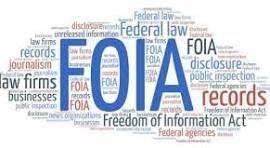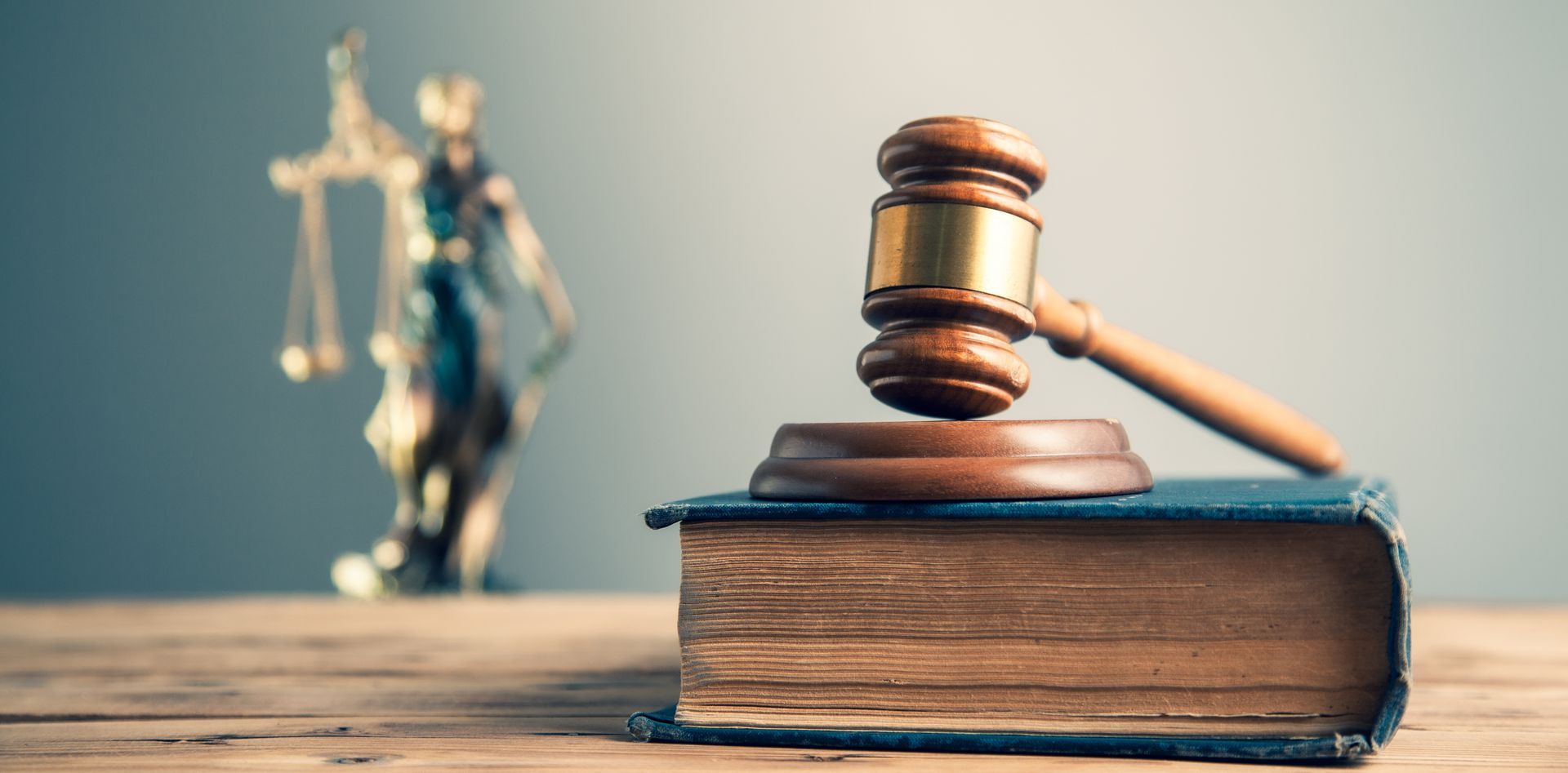
Commercial and Residential Property Tax Review
Planning for your Property's Financial Future, by Jamie Baer

As real estate attorney at Shapiro & Associates Law, I assist clients with several aspects of their real estate needs. Our clients come to us with questions regarding land use and zoning issues they may have for properties across Illinois, whether they are potential buyers or current owners. In addition, I can evaluate the potential property tax liability and explain to clients why property taxes should play a role in financial analysis and planning of a property’s financial future.
Depending on the location, properties get assessed anew every few years. The amount of property taxes that are paid are directly tied to the property’s value. It’s important to know how much the property taxes are and whether the local assessing authority has correctly assessed its value for both businesses and residences. I have experience evaluating property taxes and determining whether a tax appeal may be a worthwhile appeal option. If your property is in Cook or Lake County, commercial or residential, and you would like to know if your property taxes are too high, please contact our office.
Concerning annexation…
Annexation of property in Illinois is not as narrow of a path as one might think. There are several issues a landowner should consider before annexation of property to a municipality, and both state and local governments have their own statutes and ordinances that govern this process.
In Illinois, any territory that is not within the corporate limits of a municipality but is “contiguous” to that municipality may annexed to the municipality as provided in 65 ILCS 5/7-1-1, but what constitutes contiguity? There is substantial Illinois case law that defines contiguity for purposes of annexation. However, such case law varies in its interpretation and application.
According to Frank v. Village of Barrington Hills (1982), 106 Ill. App. 3d 747, 755; Wescom, Inc. v. Woodridge Park District (1977), 49 Ill. App. 3d 903, 907), the word “contiguous” means that the territory to be annexed must have “a substantial common boundary or a common border of reasonable length or width” with the annexing municipality. What constitutes a “substantial common boundary” has also been subject to interpretation by the Courts in Illinois. For example, the Court in Western National Bank v. Kildeer, 19 Ill. 2d 342, 352, 167 N.E.2d 169, 175 (1960), held that “…in order to be considered contiguous within the meaning of the statute, the tracts of land in the territory must touch or adjoin one another in a reasonably substantial physical sense.” In deciding this question of contiguity within the meaning of the statute, this Court also made very clear that each case must be decided on its own facts at the trial level. For example, Western also concluded that “mere actual contact such as is found when lands ‘corner’ upon one another is not enough and that something more is required.” (citing Wild v. People ex rel. Stephens, 227 Ill. 556 (1907). This touching must be more substantial to be considered contiguous within the meaning of the statute.
The purpose of the contiguity requirement is to “permit the natural and gradual extension of municipal boundaries to areas which 'adjoin one another in a reasonably substantial physical sense.'” (Western) ”In that way, the delivery of services is more convenient for the city and more efficient for its citizens. Sewer lines, and fire, police and other services, as far as practicable, should not have to pass under or over lands not within municipal boundaries. (seeWild v. People ex rel. Stephens (1907), 227 Ill. 556, 560, 81 N.E. 707[, 81 N.E. 707, 708].)" City of Belleville, 84 Ill. 2d at 12, 417 N.E.2d at 130.
Not surprisingly, there is substantial case law in Illinois that defines “natural and gradual extension of municipal boundaries” such that again, each case should be determined by applying its own facts within the parameters of the statute governing whether contiguity exists. “While there may be circumstances under which a municipality may have relief from the interposition of an artificial barrier which it may never otherwise surmount, this is not authority for its affirmative effort to extend its restraint of ordinary development of an unincorporated area solely by the mechanism of a roadway which it seeks to project beyond its borders with an eye to the future. . . In any event, it is apparent that the purported annexation here touches the City of Rockford a distance of only 20 feet at a point 27 feet north of the north edge of Guilford Road . . . The trial court was justified in concluding that this does not meet the requirement that there be a “substantial common boundary.” People ex rel. Cherry Valley Fire Protection District v. Rockford, 120 Ill. App. 2d 275, 286, 256 N.E.2d 653, 659 (2nd Dist. 1970).
Annexation of property can often be more complicated be more detailed than anticipated. Factors to examine include the intricacies of whether the property to be annexed is touching the municipality to the extent as to be considered “contiguous” according to applicable state statute and local municipal rules regarding the annexation process, and zoning ordinances. If you are considering annexation or have any questions, please feel free to contact our office.
Jamie Baer concentrates her practice in real estate with an emphasis in real estate litigation, tax appeals, and land use. She earned her JD from UIC John Marshal Law School and has a BS in Finance from the University of Illinois and is a member of the Illinois State Bar association and the Institute for Professionals in Taxation.
You can reach Jamie Baer directly at 312.763.9640 or via email at jbaer@shapiroassociateslaw.com. For other questions please fee free to reach out to us at:
info@shapiroassociateslaw.com.

CONTACT US TODAY
Contact Us
We will get back to you as soon as possible.
Please try again later.
LOCATION
570 Lake Cook Road, Unit 119
Deerfield, IL 60015
Shapiro & Associates Law | All Rights Reserved |
Created by Olive + Ash.
Managed by Olive Street Design.








